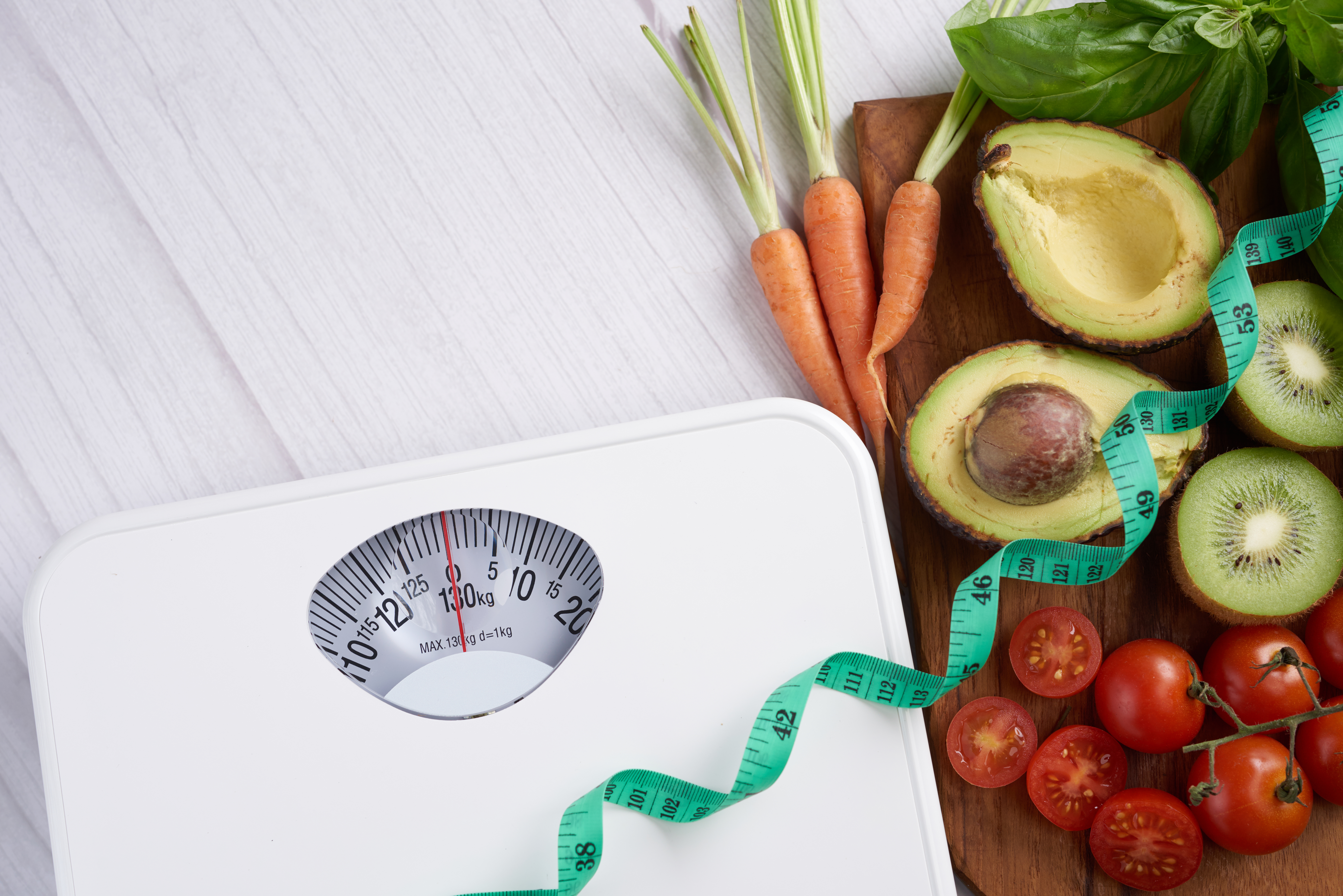Weight Loss Guide

By Daniel - TinyVik1ng on 2024-09-04 16:16:43
Type: Health
Introduction
Weight loss might seem complicated, but it’s actually quite simple. It all comes down to balancing calories. Your body needs a certain amount of energy each day, known as Total Daily Energy Expenditure (TDEE), to maintain its current weight. If you consume more calories than your TDEE, you’ll gain weight. If you consume fewer, you’ll lose weight. Different diets might use various methods, but they all work by adjusting calorie balance. While you can increase your TDEE with exercise, it's generally easier to eat less than to exercise enough to make a significant difference. Therefore, you can lose weight just by adjusting your diet, without needing to exercise.
However, there are two common pitfalls:
| Overestimating Your TDEE | No TDEE calculation is perfectly accurate. Use estimates as a guide and adjust based on your actual results. Exercise calorie estimates, in particular, can be very inflated. |
| Underestimating Calorie Intake It’s easy to overlook how much you’re eating, especially with hidden calories in snacks, drinks, or dressings. Be thorough in tracking your food intake. | Remember, the scale reflects the truth. If you’re not losing weight while in a calorie deficit, it’s likely due to errors in estimation or tracking. For more information, check our FAQ on weight loss challenges. It's also important to note that weight loss and fat loss generally go hand in hand. When you lose weight, you're typically losing fat as well. |
| Step-by-Step Guide | Take Initial Measurements Record your weight and take photos from the front, back, and side (in underwear is ideal). |
| Estimate Your TDEE | Use a TDEE calculator like this one. Keep in mind that these are estimates and may be off by up to 20%. Be prepared to adjust as needed. |
| Set a Daily Calorie Goal | Start by reducing your TDEE by 100-200 calories per day. Avoid reducing by more than 500 calories to prevent malnutrition, muscle loss, and other health issues. |
| Track Your Calories | Use tools like Cronometer to log everything you eat and drink, including additives and toppings. Don’t worry about seasoning as it has minimal calories. |
| Monitor Your Progress | Weigh yourself daily (or at least weekly) under consistent conditions (e.g., unclothed and on an empty stomach). Look at the trend over time rather than daily fluctuations. Consider monthly progress photos. Avoid using handheld or scale-based body fat percentage measurements—they’re often inaccurate. |
| Adjust Your Diet as Needed | As you lose weight, your TDEE will decrease. Adjust your calorie goal accordingly to continue losing weight. |
| Expect Hunger | Feeling hungry can be a normal part of eating less. You might be able to manage hunger with dietary adjustments, but it’s also something you need to expect and handle. For tips from others on managing hunger, visit our Community Campfire thread, "Managing Hunger While Losing Weight." |






